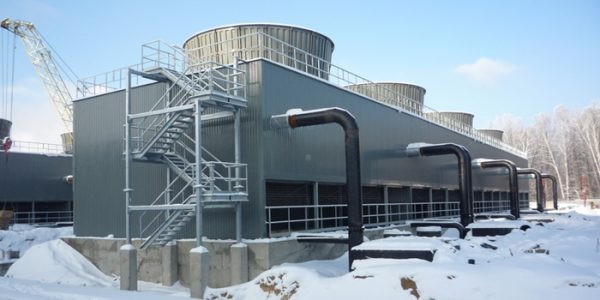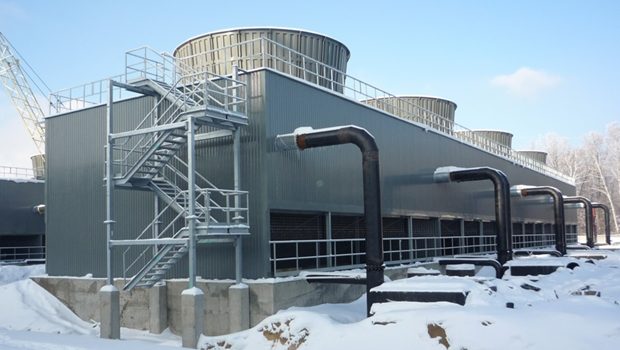Understand the Kind of Cooling Tower to Enhance its Efficiency
Despite cooling towers have been usually the most cost-effective cooling mechanisms as compared to other available cooling technologies. It would be inclusive of different air dry cooling systems. It would be imperative that you monitor the efficiency of your Industrial Cooling Towers. It would enable you to run it efficiently.
You would ensure that your facility could:
- Saving energy
- Reducing the consumption of water
- Reduction in the operational costs
- Extension of the service life of the equipment
- Reducing the number of chemicals needed for water treatment
How could you ensure that your cooling tower has been maintained in the most efficient manner possible?
Let us delve on it.
What kind of cooling tower do you have?

The initial step to ensure your cooling tower has been running efficiently would be to become familiar with the kind of cooling tower you have and it’s working. Various kinds of cooling towers have been exposed to various kinds of contaminants and need certain kinds of treatments.
Find below the most common types of cooling towers.
- Closed re-circulating cooling towers
- Open re-circulating cooling tower system
- Once through cooling tower system
Based on the kind of cooling tower you have been operating and the functionality, your specific water treatment needs may differ. However, the three major areas of the cooling tower process that may require treatment have been:
- Feed water to the cooling tower
- Circulatory water in the cooling tower
- Cooling tower bleed to drain
Let us delve on them one by one.
Feed water to the industrial cooling tower
It would be based on the quality of the cooling tower feed water and you may or may not require treatment. If the water treatment system has been required at this part of the cooling tower water process, you should rest assured that the technology would be removing the silica and hardness along with adjusting or stabilizing the pH balance.
The proper treatment would help you optimize the evaporation cycles of the tower along with minimizing the water bleed rate for draining more than what could have been done using the chemicals.
Circulatory water in the industrial cooling tower
The circulation water within the industrial cooling tower would be another aspect to consider for the physical treatment of the tower. A good option would be using the side stream filtration. It would ensure that the cooling tower water is free of particles that build up and foul the tower. It would help you retain a healthy balance of suspended solids reducing the fouling of your equipment.
Using proper chemical treatment would reduce
- Scale formation
- Dispersing suspended solids
- Corrosion of critical equipment
Industrial cooling tower bleed to drain
The last part of cooling tower water treatment would be bleed to drain or blowdown from the tower. Based on the amount of water your cooling plant requires for circulating for proper cooling capacity, you could choose to recycle and recover the water through various kinds of post-treatment such as ion exchange or reverse osmosis. It would be in places with scarce water.
It would remove the solid and liquid waste while treated water could efficiently return to the cooling tower and reused.
Maintenance issues with cooling towers
It would not be wrong to suggest that cooling towers have significant maintenance and repair issues. Therefore, the continuous inspection would be essential to ease several problems. However, there would be four major problem areas about cooling tower maintenance.
1. Internal corrosion and chemical attack
The internal environment of cooling towers could be largely destructive. To negate the effects, you should use galvanized metal as a sacrificial barrier where there has been high exposure.
2. Mechanical damage
Poor maintenance could result in worn fan shafts. Such mechanical damage could affect the functionality of the fans. It would add mechanical strain.
3. Erosion
The leading fan blades would be damaged frequently by impingement from dust particles and moisture causing erosion-corrosion.
4. Issues in pipelines
The pipe systems associated with cooling towers to various HVAC components. They would be prone to various kinds of issues. It would be pertinent to mention here that internal and external corrosion would develop into various kinds of defects.
The defects would considerably impact the functionality of the entire system.
It would not be wrong to suggest that polymeric solutions such as metal repair materials and coatings could be used for maintenance of the cooling tower.
















